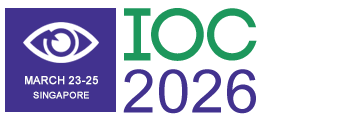Title : Spotting the red flags confronting the challenges of eye assessment in primary care
Abstract:
Introduction: Red eye is a frequent presentation in primary care, where most cases are benign but some may threaten sight. Limited access to specialist tools can make distinguishing serious pathology difficult. The NICE guidelines highlight five “red flag” symptoms requiring urgent referral. This audit aimed to assess and improve how these features are documented and managed in patients presenting with acute conjunctivitis in general practice.
Methods: A closed-loop audit was undertaken in one GP practice, reviewing adult cases coded as “conjunctivitis” over a year. Documentation of key symptoms, red flag assessment, diagnosis, and treatment were recorded. Interventions included clinician education, a structured consultation template, and a patient questionnaire for remote reviews. Data collection was repeated nine months later.
Results: Forty-two initial cases were reviewed. Although duration and laterality were well documented, red flag assessment was limited (average 1.8 per patient). Most were diagnosed with unspecified conjunctivitis, and 74% received antibiotics despite no confirmed bacterial cause. Post-intervention, documentation improved significantly (average 3.8 red flags assessed, p<0.001). Appropriate referral occurred when indicated, but antibiotic prescribing remained high (85%), with only modest increases in conservative management.
Conclusion: Structured templates and staff education markedly improved the quality of eye assessments in primary care. However, antibiotic use remained excessive, reflecting a need for sustained focus on antimicrobial stewardship and diagnostic confidence when managing red eye presentations.




